The goal of the Paris Agreement is to limit global warming to pre-industrial levels. In 2020, the United States GDP was $20 trillion dollars in mostly carbon-driven goods and services. However, “Countries that we’ve commonly referred to as ‘underdeveloped’ now have an extraordinary opportunity to leapfrog the industrial revolution into the decarbonized circular economy of the current millennium,” explains Seth Warren Rose, Founding Director of Eneref Institute. “While some see this as aspirational, in fact it’s urgently necessary.”
Afghanistan’s Carbon Emissions
Today, Afghanistan’s emissions from fossil fuels are only 9 million metric tons, a fraction of other nations.
Net-zero growth
can keep emissions low.

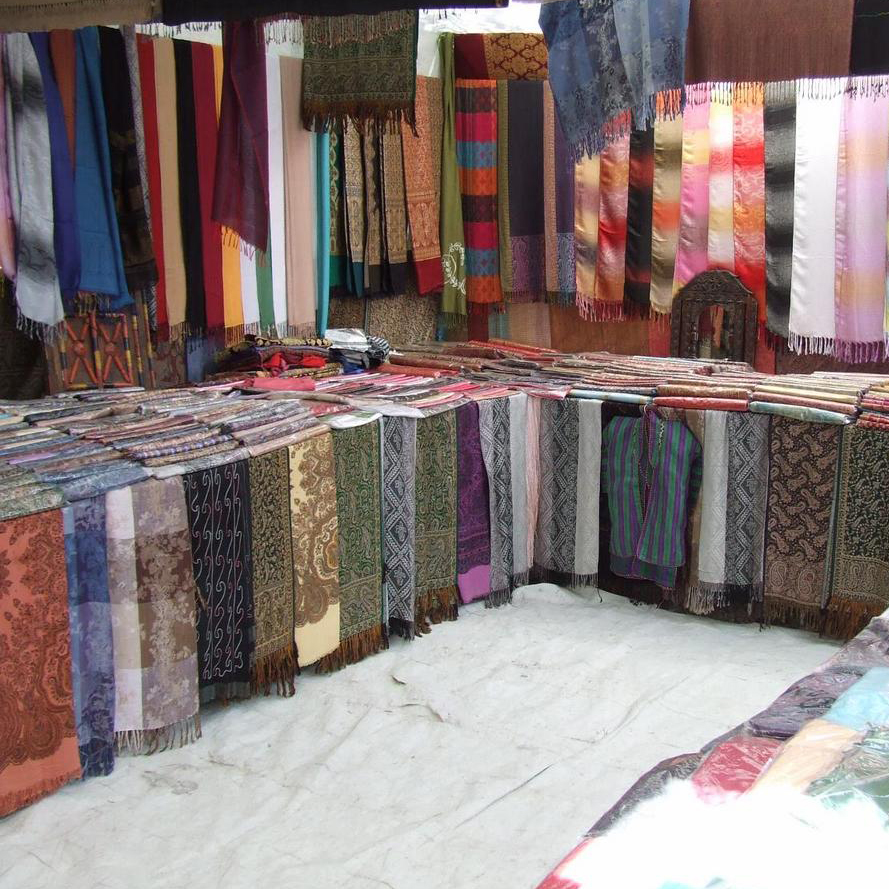
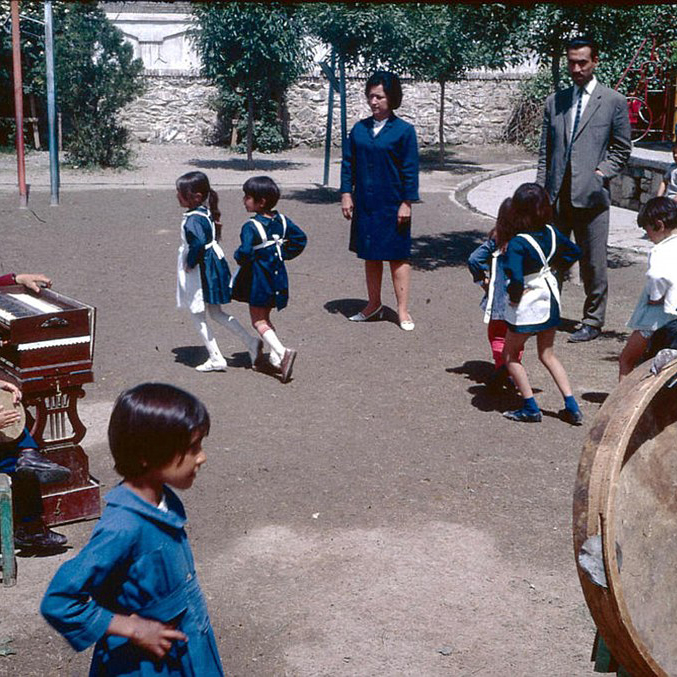
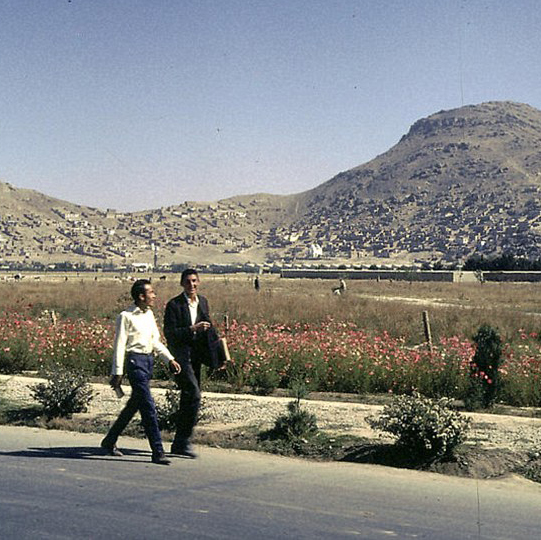
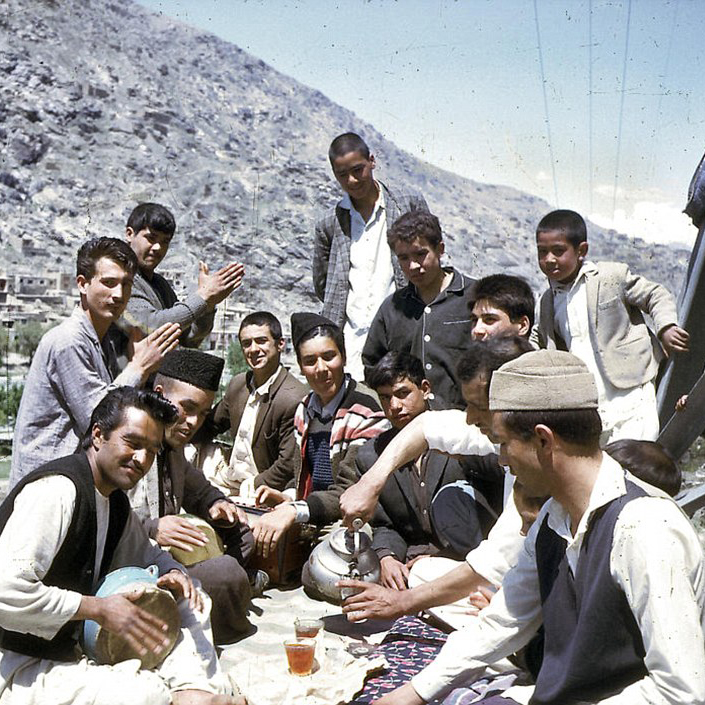






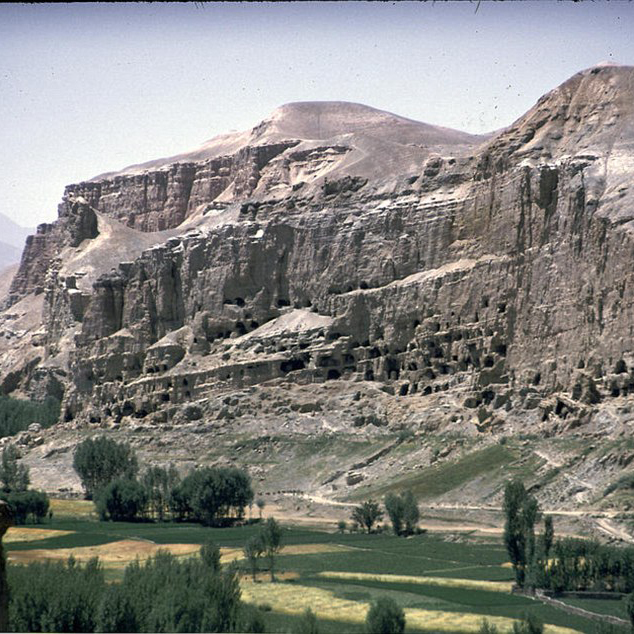
On September 1, 2019, Eneref Institute wrote an open letter to CEO Laurence Fink asking BlackRock to invest in sustainable peace.
“Afghanistan is working to stabilize its currency, governments, society, and market, making the country ripe for investment.”
Read full text of letter.
What Actions Can We Take to Make a Difference?
What to Do
What to Say
Right now we need to make unprecedented changes to ensure a sustainable and equitable society. Countries should create energy performance targets with three goals:
- Achieving universal access to energy
- Reducing impacts of air pollution
- Mitigating climate change
To avert the worst consequences of climate change, Eneref Institute is encouraging developing countries to prepare for a net-zero carbon growth strategy.
What can you do? Contact your governing agencies and demand that they support Afghanistan’s efforts to reinvent their future with a mission to become the world leader in carbon-neutral growth. #RebrandAfghanistan.
- A HEALTHY ENVIRONMENT SUPPLIES THE NECESSITIES OF LIFE
People in developing countries greatly depend on the natural environment for their health and livelihoods — for water, food, and air. The natural environment also provides resources for economic growth as well as the means to fight natural hazards. The well-being of developing countries is often linked to the state of the natural environment and the opportunities it offers.
- INDUSTRY AND GROWTH HEAT THE ATMOSPHERE
Climate change represents an urgent and potentially irreversible threat to human societies and the planet. The central aim of the Paris Agreement seeks to limit global temperature rise to 1.5°C above pre-industrial levels. The rise of carbon dioxide in the atmosphere began to grow as a direct result of industrialization, from about 260 ppm to well over 400 ppm today.
- AFGHANISTAN CAN LEAPFROG THE INDUSTRIAL REVOLUTION
Afghanistan’s enormous mineral resources can fund its sustainable growth, but with an extraordinary opportunity to leapfrog the industrial revolution into the decarbonized circular economy of the current millennium. “While some see this as aspirational, in fact it’s urgently necessary,” explains Seth Warren Rose, Founding Director of Eneref Institute.

